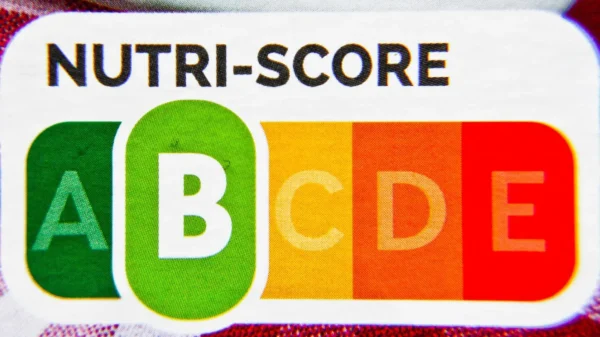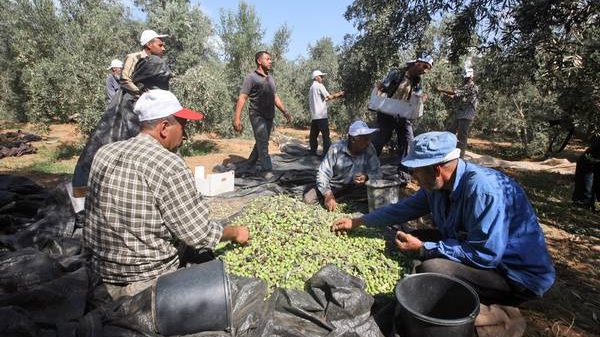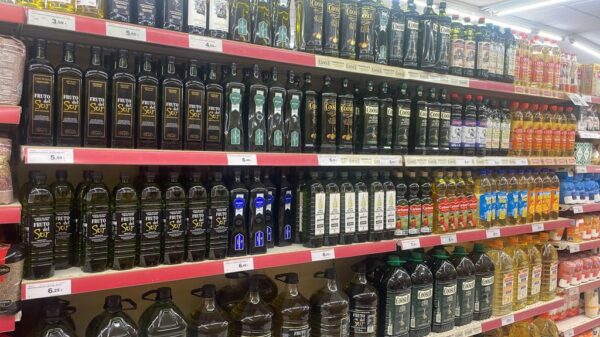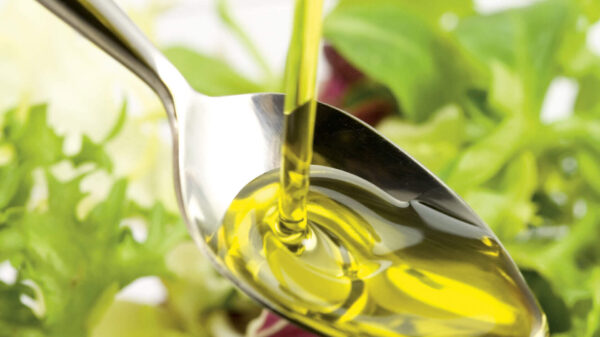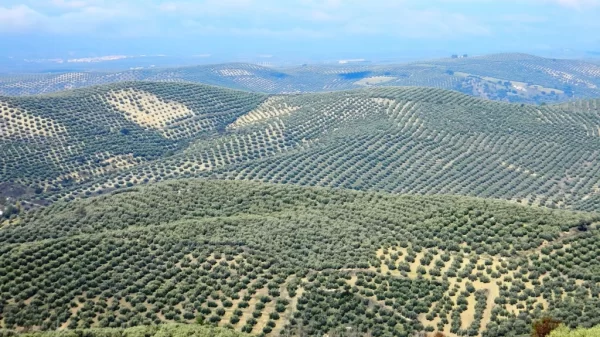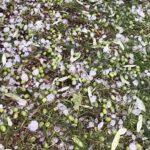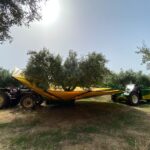The visit of a delegation of International Olive Council (IOC) of Islamic Republic of Iran (in the picture) it was an opportunity to get to know and disseminate the olive-growing reality of this country which shares many geographical and historical characteristics with the Mediterranean basin.
 First of all, this is where it developed thousands of years ago cradle of civilization and that's where it is assumed that the olive tree was born. Today, with more than 103.530 hectares of olive trees - 62.118 of which dedicated to the production of olive oil - And 10.500 tons of olive oil produced in the last campaign (2021/22), Iran is among the main olive-growing countries outside the Mediterranean basin.
First of all, this is where it developed thousands of years ago cradle of civilization and that's where it is assumed that the olive tree was born. Today, with more than 103.530 hectares of olive trees - 62.118 of which dedicated to the production of olive oil - And 10.500 tons of olive oil produced in the last campaign (2021/22), Iran is among the main olive-growing countries outside the Mediterranean basin.
The olive tree is a major source of employment in Iran, generating over 12 million working days. Most of the cultivated olives belong to 10 traditional cultivars (Mari, Zard, Rowghani, Gelooleh, Shengeh, Khormazeitoon, Khara, Dakal, Dezful and Fishomi), but can be found foreign varieties also in intensive or super-intensive plantations, including Arbequina, Koroneiki, Manzanillo and Coratina.
The main olive-growing areas are in regions where the climate records cold winters and hot, dry summers, with rainfall generally less than 200 mm per year. This explains why the vast majority of olive groves are irrigated with various techniques, in particular with a system of terraces and stone canals that allow irrigation with mountain spring water. THE farms are generally large (over 50 hectares on average) and less than 50 years old.
less than 30% of the harvested olives is used for the production of olive oil, the rest is mainly used for catering: there indeed is widespread local consumption of table olives (51.500 tonnes in 2021/22). Since Iranian olive oil production is not enough to cover i domestic consumption (16.000 tonnes in 2021/22), the country is resorting to imports (5.500 tonnes in 2021/22), especially from Türkiye, Syria, Spain and Italy.
During the various meetings, IOC officials, Iranian authorities and representatives of the national olive sector were able to take stock of the prospects for olive growing in Iran and the various possibilities for collaboration

